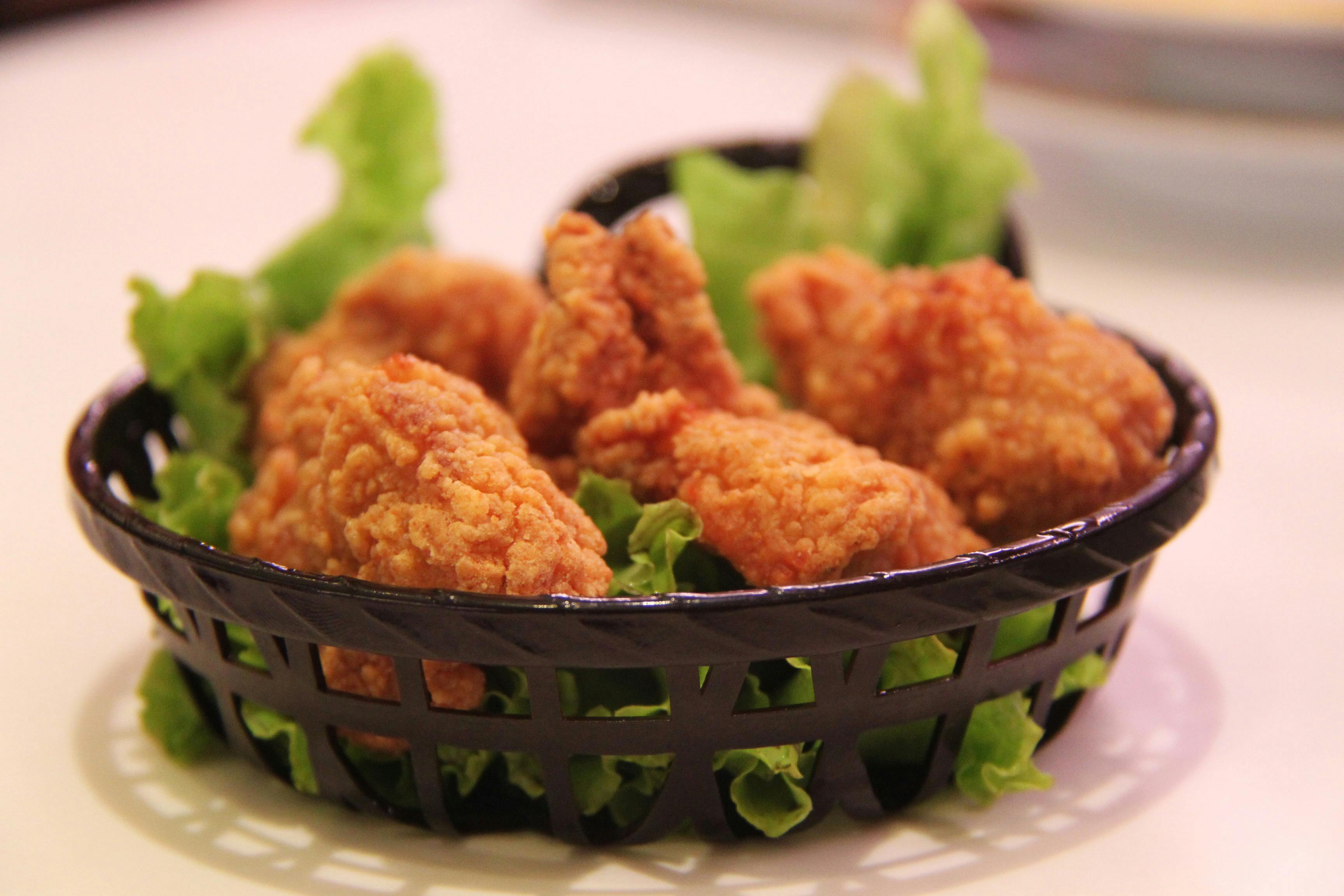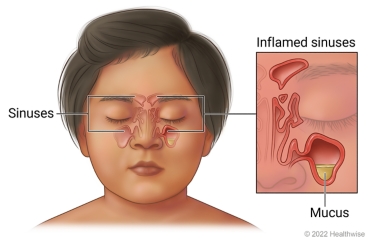Effective Ways to Grow Beets for a Thriving Garden
Beets are a nutritious and versatile vegetable that many gardeners love to grow. This article aims to provide a comprehensive guide on how to grow beets, detailing the optimal conditions, care tips, and techniques for successful beet cultivation. Whether you're a beginner or an experienced gardener, we'll cover everything from planting to harvesting and caring for your beet plants.
Beets are not only rich in nutrients but also offer various culinary uses, making them a valuable addition to any garden. Knowing the best practices for growing beets in the garden, including when to plant, proper spacing, and soil requirements, can significantly impact your yield. As you read through this guide, you'll discover expert tips to optimize your beet-growing experience.
In this article, we will also explore companion planting, pest control, and a variety of recipes to make the most of your beet harvest. By the end, you'll be equipped with the knowledge you need to cultivate healthy beets and enjoy their many benefits.
Key Takeaways: Understand the ideal conditions for beets, learn effective planting and care strategies, and discover delicious ways to enjoy your beet crop.
Understanding Optimal Beet Growing Conditions
Before you start planting, it's essential to understand the optimal beet growing conditions. Beets thrive in cool climates and are considered a cool-season crop. They can be planted in early spring or late summer for a fall harvest. The ideal soil temperature for planting beets is between 50°F to 85°F.
Soil Requirements: Beets prefer well-drained, loose soil with a pH level between 6.0 and 7.0. Testing your soil before planting can help you determine if amendments are necessary. To improve soil fertility, consider adding organic matter such as compost or well-rotted manure before planting.
Proper soil drainage is crucial because waterlogged roots can lead to diseases. Applying mulch around your beet plants can help retain moisture while preventing weeds. For best results, especially in heavy clay soils, consider creating raised beds.
Beets generally enjoy a sunny spot in the garden but can tolerate partial shade. If you live in a particularly hot climate, providing some afternoon shade can help your beet crop stay healthy and productive.
This naturally leads us to the next crucial aspect of beet cultivation: the timing of planting.
When to Plant Beets
Timing is everything when it comes to growing beets. In general, beets can be planted twice a year: once in early spring and again in late summer for a fall crop.
Early Spring Planting: Beets can be planted as soon as the ground thaws, usually 2-4 weeks before the last frost date. Spring-planted beets will mature in about 50-70 days, depending on the variety.
Fall Planting Tips: If you're planting beets for a fall harvest, aim to plant them in mid to late summer. Make sure the seedlings have enough time to grow before the first frost hits.
Beets are also suitable for growing beets in containers if space is limited. Choose a container that is at least 12 inches deep to accommodate the root systems.
With an understanding of when to plant, the next step focuses on the specific techniques for successfully planting beets.
Beet Planting Tips
Successful beet planting begins with seed selection. Choose heirloom beet seeds for rich flavors or hybrid varieties for greater disease resistance and uniform growth. Beets can be sown directly into the garden as seeds or started indoors for transplanting later.
When sowing seeds, plant them about 1-2 inches apart at a depth of about ½ to 1 inch. After germination, you'll need to thin the seedlings, allowing for adequate spacing of 3-4 inches between each plant. This thinning process is crucial to ensure healthy growth and limit competition for nutrients and water.
Each variety has its specifics, with larger beets requiring more space compared to smaller ones. Additionally, paying attention to spacing for beets can prevent overcrowding, which may lead to stunted growth or disease.
Now that the planting process is covered, let's delve into the best practices for beet care.
Beet Care Guide: Watering, Fertilizing, and Pest Control
Caring for your beets involves maintaining optimal growing conditions and addressing any issues that arise as they mature. This section will focus on beet watering schedules, fertilization techniques, and effective pest management strategies.
Watering Beets
Beets require consistent moisture, especially during the germination phase and as they grow. A general guideline is to provide about 1 inch of water per week, either through rainfall or irrigation.
During drought conditions, increase your watering frequency, ensuring that the soil remains moist but not waterlogged. Overwatering can lead to root rot and other complications. A good practice is to check the soil moisture at a depth of 1-2 inches; if it feels dry, it’s time to water.
If watering from above, try to keep the foliage dry to prevent fungal diseases. Also, consider using a drip irrigation system or soaker hoses to deliver targeted moisture directly to the roots.
Now that we've covered watering practices, let's move on to fertilization strategies.
Fertile Solutions: Fertilizing Beets
Beets benefit from nutrient-rich soil, making fertilization an essential component of their care. Before planting, incorporate a balanced organic fertilizer that contains nitrogen, phosphorus, and potassium.
During the growing season, you may want to apply a side dressing of fertilizer to support growth. Organic options like compost or worm castings work well, and they enrich the soil without the risk of chemical residues.
Fertilizing beets too heavily can lead to excessive leaf growth at the expense of root development. A light application, once or twice during the growing season, is usually sufficient.
In addition to fertilization, managing beet pests is crucial to ensure healthy plants.
Controlling Beet Pests
Beets are susceptible to various pests, including aphids, beet leafminers, and cutworms. Regular inspection of your beet plants can help catch infestations early.
Utilizing organic pest control methods, such as introducing beneficial insects like ladybugs and lacewings, can help keep pests at bay. Additionally, planting companion herbs that repel pests or using floating row covers can provide physical barriers against insect invasions.
It's also wise to rotate your beet crops each season to minimize pest build-up in the soil. This crop rotation practice can significantly reduce the likelihood of severe pest infestations.
By maintaining a good care routine, you are setting the stage for a successful beet harvest. Let's transition into the process of harvesting and storing your beets effectively.
Beet Harvesting Techniques and Post-Harvest Care
Harvesting your beets at the right time is critical for flavor and texture. This section impart tips on when to harvest beets and how to store them for future use.
When to Harvest Beets
Timing the harvest of beets is essential. Generally, you can begin harvesting beets around 50 to 70 days after planting, depending on the variety. A good indication that beets are ready for harvest is when the tops measure about 1 inch in diameter.
To check the size, gently tug on the greens or use a small garden fork to lift the beet slightly out of the soil. If they’re the desired size, it’s time to harvest!
Finally, be cautious not to damage the roots during harvesting, as this can affect their storage lifespan. Once harvested, cut the tops off, leaving about an inch to prevent moisture loss and potential decay.
Next, let’s explore how to store your beets properly.
Post-Harvest Beet Storage
Proper storage of your beets can extend their shelf life, ensuring you enjoy their benefits long after the harvest. Beets can be stored in a cool, dark area, ideally between 32°F and 40°F. Do not wash them before storage, as excess moisture can promote mold growth.
For longer storage, consider dehydrating beets or pickling them, both methods providing delicious options for adding to your meals later on. Pickled beets, in particular, can retain their flavor and nutritional value for several months.
Another popular technique is to store them in sand or sawdust, which helps maintain their moisture levels throughout the winter. Ensuring the right conditions can make a significant difference in how long your harvest lasts.
With the harvesting and storage completed, it's time to explore the various culinary delights that you can create with beets.
Cooking with Beets: Delicious Recipes
Beets are incredibly versatile, serving as a star ingredient in numerous dishes. This section will delve into beet salad recipes, creative cooking methods like roasting, and various uses of beet juice.
Beet Salad Recipes
One of the simplest and most popular ways to enjoy beets is in salads. Roasting beets enhances their natural sweetness, making them an excellent addition to any green salad. Combine sliced roasted beets with goat cheese, walnuts, and arugula for a delightful dish.
Another refreshing option is to prepare a beet and citrus salad, where the earthy flavor of the beets pairs wonderfully with the brightness of oranges and grapefruits. A drizzle of balsamic vinaigrette ties everything together beautifully.
Don’t forget that beet greens are also edible and nutritious. Use them in salads or sauté them with garlic for a delicious accompaniment to any meal.
This brings us to the next culinary use, which is incorporating beets into smoothies.
Using Beets in Smoothies
When it comes to nutrition, adding beets to smoothies is a fantastic way to boost their health benefits. Raw beets can be combined with fruits like bananas, berries, and spinach for a nutrient-packed beverage.
Beet juice is not only colorful but also rich in vitamins and antioxidants. Adding a splash of beet juice to your morning smoothie elevates the flavor and nutrition content.
For an exciting kick, consider blending beets with ginger and fresh citrus. Beets' natural sweetness will balance well with the spiciness of ginger and the acidity of citrus, creating a vibrant and refreshing drink.
As you explore cooking with beets, don’t overlook their nutritional benefits, which will be discussed next.
Beets Nutrition Benefits
Incorporating beets into your diet offers numerous health advantages. They are low in calories and high in essential nutrients, making them a favorable choice for weight management.
Beets are rich in fiber, which aids in digestion and contributes to a healthy gut. Additionally, they contain a significant amount of vitamins A and C, along with important minerals like potassium and manganese.
Beets are also known for their high nitrate levels, which research suggests can improve exercise performance. Including beets in your diet may enhance athletic performance and improve overall stamina.
To sum up, not only do beets make a vibrant addition to your garden, but they are equally valuable in your kitchen for their rich nutrition. Now, let's address some common questions regarding beets cultivation.
Beet Cultivation Q&A
As you embark on your beet-growing journey, you might have some questions. Here are answers to some frequently asked questions about cultivating beets.
1. What are the best beet varieties to grow?
Choosing the right variety for your garden is crucial. Some popular varieties include the 'Detroit Dark Red', known for its sweet flavor, and 'Chioggia', which is known for its unique candy-striped appearance. 'Golden' beets provide a lovely color and slightly milder taste.
2. How do I control beet pests organically?
Consider using homemade insecticidal soap or neem oil to deter pests. Introducing beneficial insects, such as ladybugs, can also keep your beet plants safe from aphids and leafminers.
3. How can I improve the yield of my beets?
Ensure proper soil fertility through organic amendments, maintain consistent watering, and space your plants adequately. Regular monitoring for diseases and pests can also contribute to a more productive yield.
4. Can I grow beets in containers?
Absolutely! Make sure to choose a deep enough container (at least 12 inches) and select varieties suited for container gardening. Provide adequate support with regular watering and fertilizing.
5. How do I store beets long-term?
Store unwashed beets in a cool, dark place, ideally wrapped in newspaper or sand. If properly stored, they can last for several months.
By gathering this knowledge on growing beets, you are well on your way to establishing a flourishing beet patch in your garden. Enjoy the fruits of your labor and the many culinary delights you can create!


